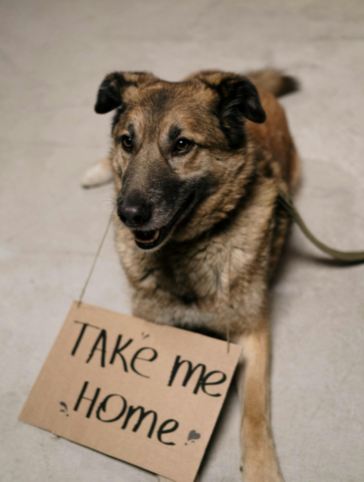
Mar 04, 2025
Six Animal Welfare Organization RisksAre some dog breeds more dangerous than others? Although some tend to be associated with aggressive behavior, no breed is inherently bad. Dog bites are the number 1 incident that leads to a claim which is why training and understanding the animal is key for prevention. Furthermore, animal welfare organizations do need to be aware of common insurance breed restrictions when looking for coverage.
Severe injuries and deaths from dog bites are unfortunately common. The CDC says 468 deaths occurred from dog bites and strikes between 2011 and 2021, averaging out to 43 deaths per year. From 2018 to 2021, the number of deaths more than doubled among both men and women.
Even when dog bites are not fatal, they may result in serious injury and infection. The American Veterinary Medical Association says approximately 4.5 million people are bitten by dogs and approximately 334,000 people are admitted to emergency departments in the U.S. each year.
Dogs bite for a number of reasons, including:
Sometimes, dogs simply need training not to bite – for example, if the dog is a puppy that plays too rough. Other dogs may normally be gentle but bite because they are startled, hurt, or frightened – for example, if a child yanks the dog’s tail. Other dogs are prone to biting and may attack repeatedly if given the chance – but whether this is due to the breed, the individual dog, or the environment is hotly debated.
Some dog breeds are associated with aggression. In some cases, there may be a genetic basis for this. Some dogs were bred for hunting or guarding work and may be more aggressive as a result.
Regardless of the historical reason, the association between certain dog breeds and aggressive behavior is common but may not be rooted in reality. According to research published in Evolutionary Applications, breed alone does not serve as a reliable predictor of aggression. Furthermore, many individual dogs of breeds frequently considered aggressive may act aggressive due to mistreatment or training to act aggressively.
In other words, it comes down to the individual dog and the environment, not necessarily the breed.
The stereotype that some dog breeds are dangerous may be undeserved, but it still has real-world implications. Certain dog breeds may be banned from some communities (such as apartment buildings) or even from entire jurisdictions. For example, it’s illegal to own pit bull terriers, Japanese tosa, dogo Argentino, or fila Brasileiro breeds in the UK. Plus, XL bully dogs are illegal in England and Wales.
Breeds associated with aggression may also be more likely to end up abandoned or in shelters. For example, people may give up their dogs because they are moving to communities that prohibit the breed of dog. At the same time, fewer people may be willing to adopt dogs that they think will be aggressive, making it harder to find homes for these abandoned dogs.
Adding to the problem is the fact that some insurance companies have dog breed exclusions. This makes things difficult for homeowners who want their homeowners insurance to cover liability associated with dog bites and may contribute to more dogs being abandoned or not adopted.
It is even more challenging for animal welfare organizations. If you’re running a dog rescue or pet shelter, you want to be able to take in any dog that needs help. However, you also have to manage your risks. If a volunteer, paid employee, or visitor to your shelter is attacked by a dog, you could face a lawsuit. A lack of coverage could be disastrous.
Thankfully, it is possible to secure insurance coverage with no breed restrictions. Tangram offers insurance with no breed restrictions through AWOIP. We also offer other coverage types designed for animal welfare organizations, including volunteer accidental medical insurance, food spoilage insurance, insurance for animal relocation, and transmissible pathogen insurance. Learn more.